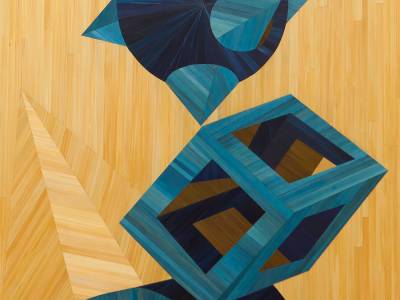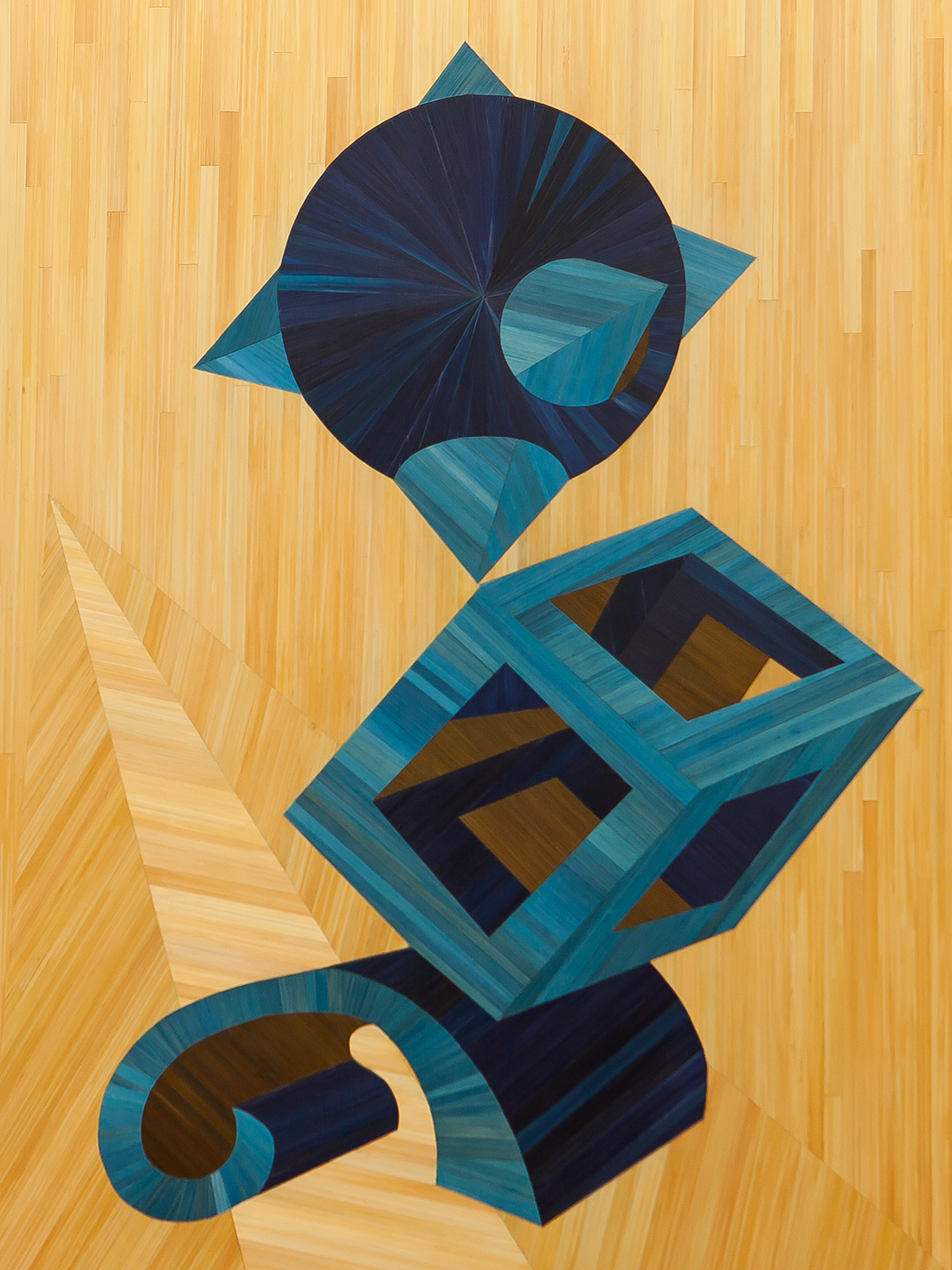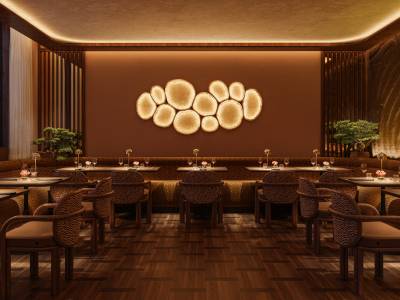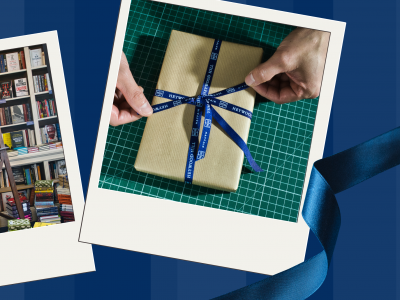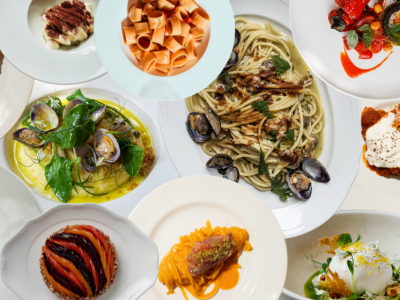Lison de Caunes first discovered both the material and the technique behind straw marquetry in her grandfather André Groult’s workshop; he was a famous decorator and one of the biggest names of the Art Deco movement. The art of straw marquetry dates back to the 17th century; as with wood marquetry, but using rye straw instead, it is used to cover pieces of furniture as well as entire walls, floors or ceilings. “Straw marquetry is a childhood memory for me,” says de Caunes. “It was a forgotten craft, so my main goal when I started working with it was to make it fashionable again and show that it could be affiliated very well with more modern and contemporary designs and interiors.”
Founding Lison de Caunes Créations in 2015, she has since worked with luxury brands to create pieces for their flagship stores, among them the Guerlain perfumery on the Champs-Elysées, the Louis Vuitton store on Place Vendôme and the Four Seasons Hotel in New York.
